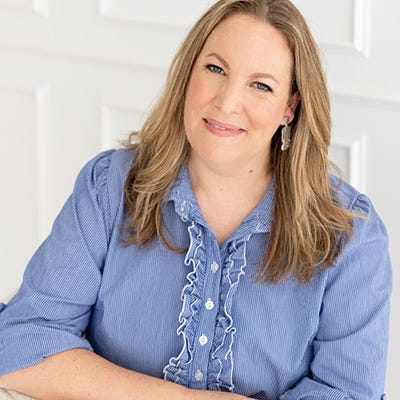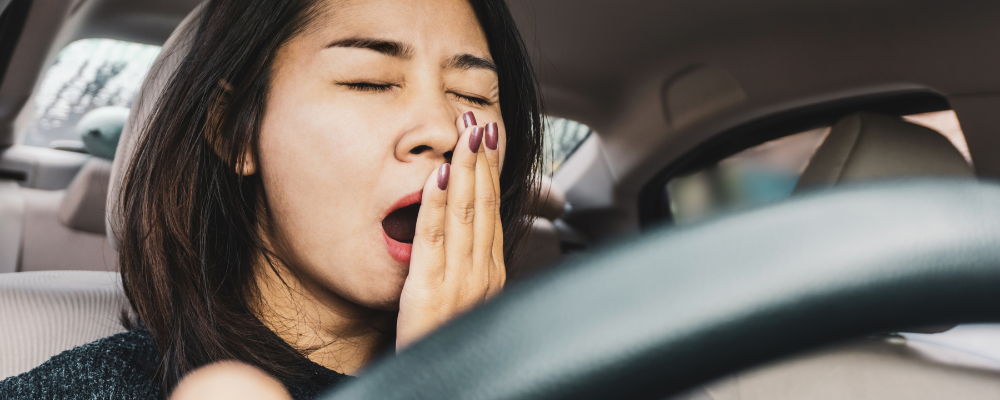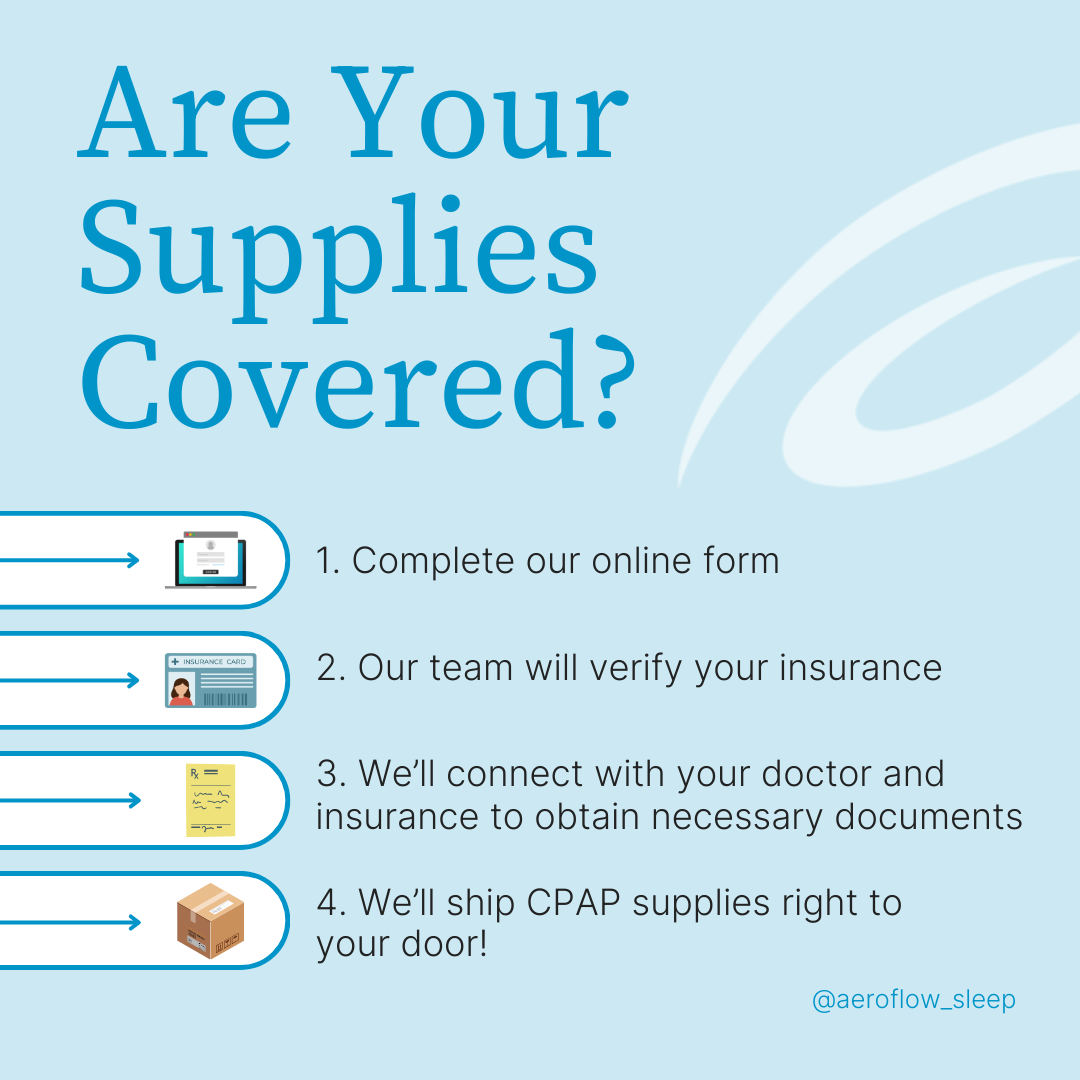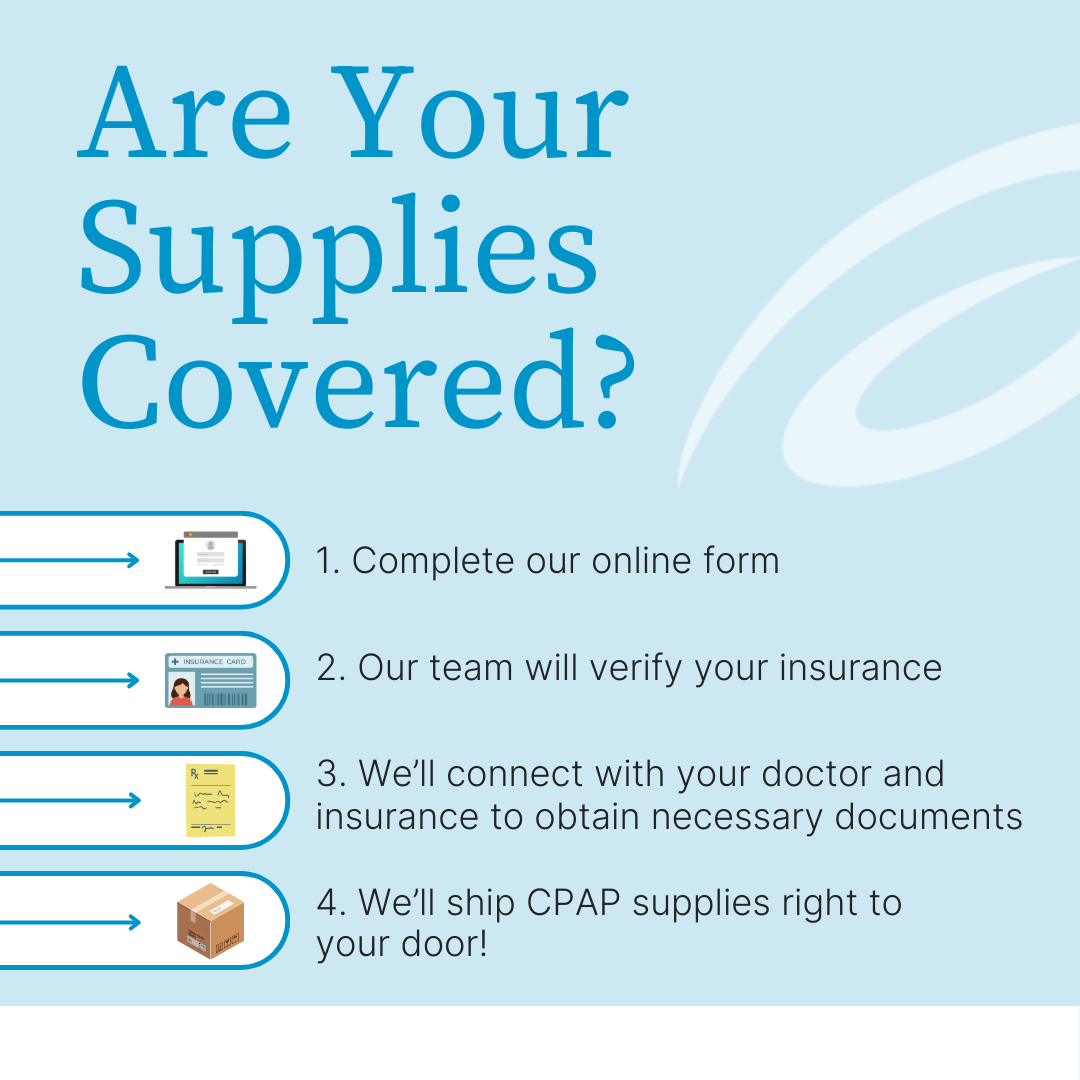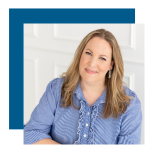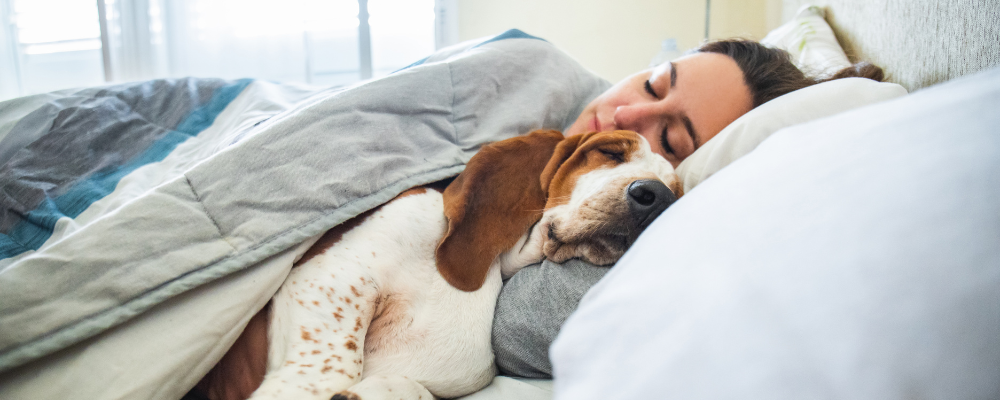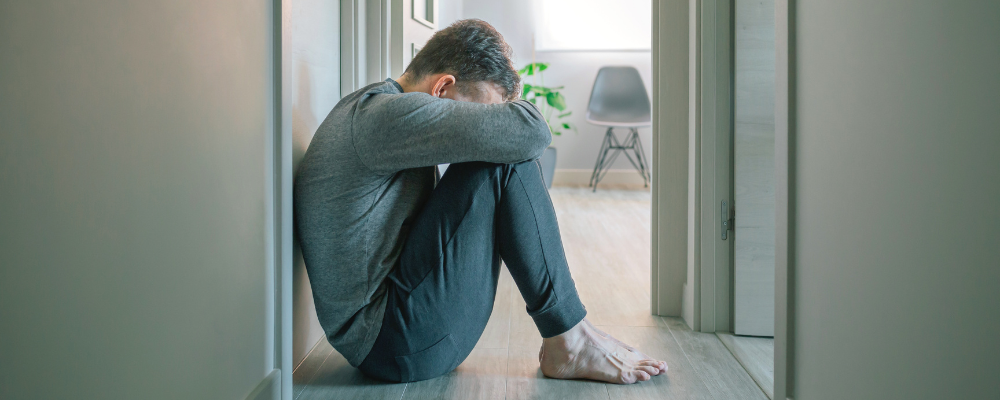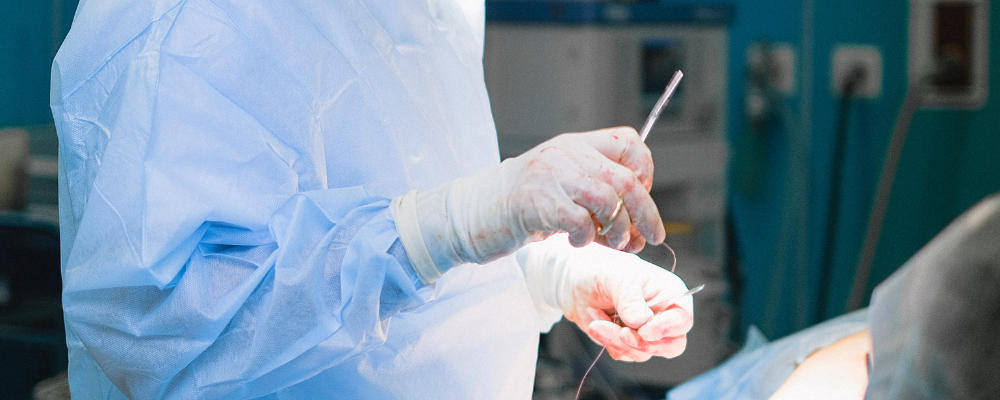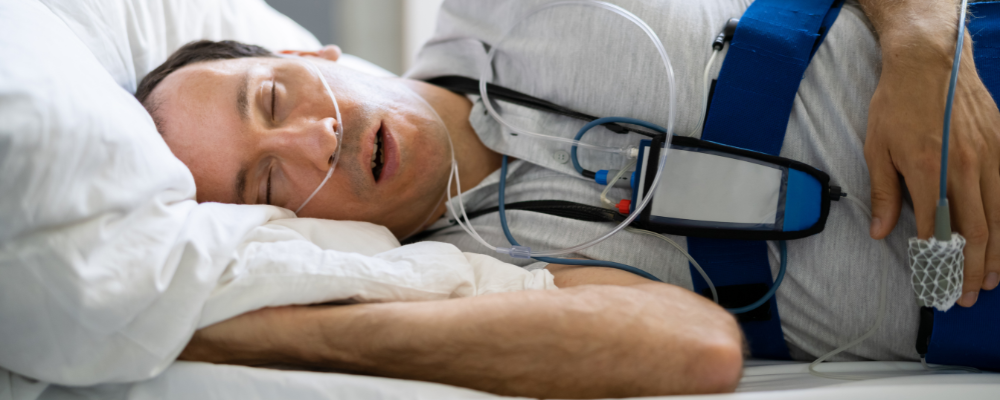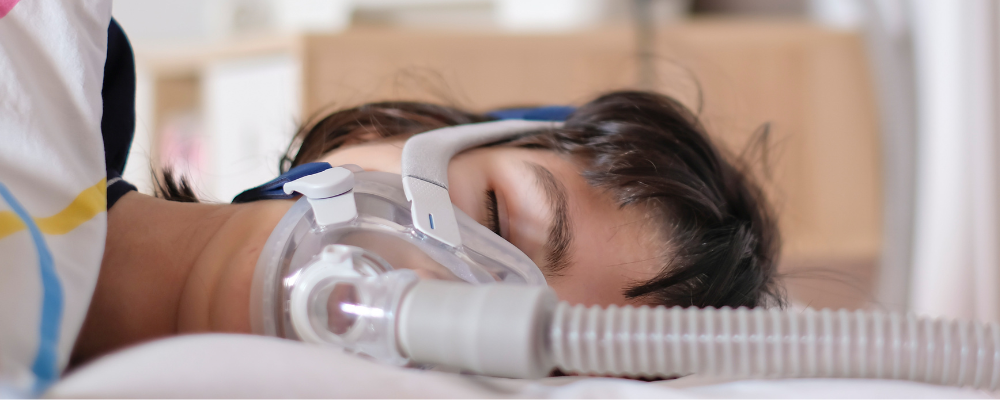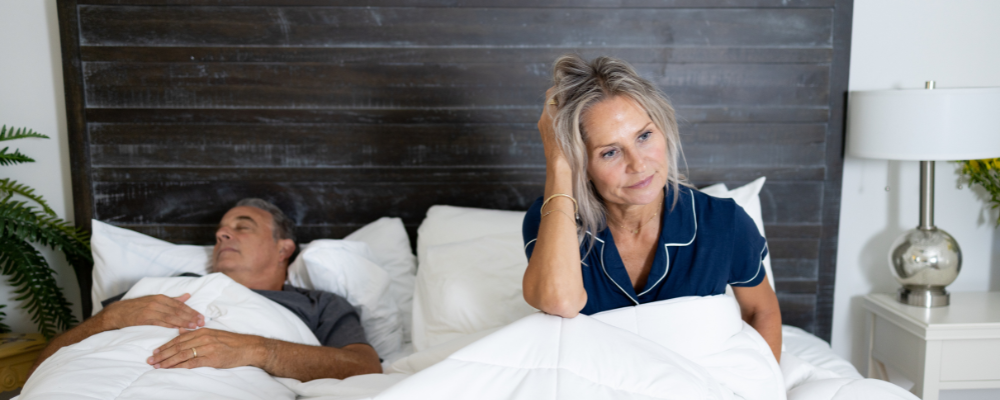Did you know drowsy driving has its own prevention week every November? In fact, The National Sleep Foundation publishes an annual survey during this week, updating statistics on drowsy driving in the U.S in an effort to raise awareness.
Last year’s survey stated, “Drowsy driving is a significant public health concern in the United States. Estimates suggest motor vehicle crashes related to drowsy driving account for roughly 20% of all motor vehicle crashes.” My own experience was no exception, and it was ultimately the impetus to my obstructive sleep apnea (OSA) diagnosis.
You Can't Drowsy Drive If You Don't Drive
Let’s briefly take a look at where I’ve been, shall we? I grew up in Scotland, and it always seemed there was a train, bus, taxi, or friend to take me wherever I needed to go. I eventually decided it was time to learn to drive around the age of 24. After struggling to master the stick shift, I passed my driving test, but then, moving to northeast Florida changed my relationship with driving completely.
Northeast Florida was not New York City with the same train, bus, and taxi options available to me; we moved to an area where it wasn’t possible to get around without a car and, in 2007, Uber wasn’t around yet. I had no choice but to get comfortable with driving regularly AND on the other side of the road.
Of course, taking my driver’s test in the U.S. could not have been more of a contrast to Scotland. Automatic transmission was the new norm, which I loved, but I did notice that both tests in both countries didn’t really mention drowsy driving other than stating the obvious: “Take a break if you feel tired.”
The first time I experienced drowsy driving was during my pregnancy with my first child. I was in massage school, the drive was 25 minutes door-to-door, and I often found myself with the AC on, blowing cold air in my face to keep myself awake. I blamed my excessive daytime sleepiness on being pregnant, and I had no idea I was living with undiagnosed OSA.
An Obstructive Sleep Apnea Misdiagnosis
I sought medical help when my baby was around 8 months old. Despite sleeping longer stretches at night finally, I was noticing more and more excessive daytime sleepiness. I was no longer pregnant, and yet there were other symptoms too…
- Morning headaches
- Waking up gasping for air
- Frequent trips to the bathroom during the night
- Depression & anxiety
…all of which should point towards a screening for sleep apnea. My primary care physician missed the signs. I was not referred to a board-certified sleep specialist for a sleep study, which is what I really needed.
Instead, my doctor explained that new mothers often deal with medical issues postpartum; depression and daytime sleepiness especially. She thought my sleep, and therefore, my sleep apnea symptoms would improve as the baby stayed on this normal, longer sleep schedule. She was mistaken.
My Terrifying Wake-Up Call
Just a few weeks after that doctor’s appointment, I was driving home on the Buckman Bridge in Jacksonville. My baby was strapped into her car seat. I remember vividly, she was wearing a striped hat and was settling down for her midday nap. I, too, wanted a midday nap.
As soon as I started driving, I felt the unmistakable feeling of my eyelids becoming heavy and trying to close. I blew cold air in my face again and sang a song to try to stay awake. There was nowhere to pull over on the bridge, and I felt trapped.
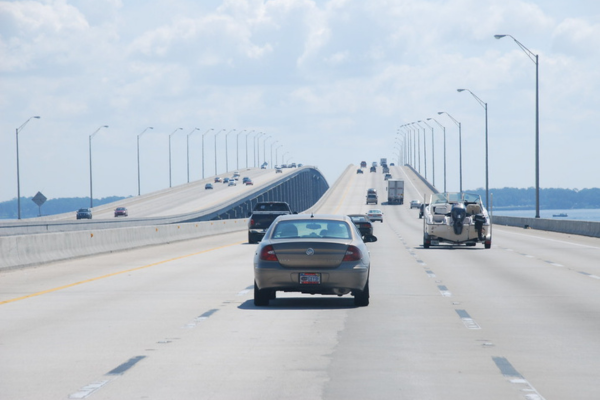

I was so drowsy that I started leaving more and more stopping distance. The license plate before me was far enough away that I found it difficult to make out the characters. Yet, in a split second, I was jolted awake with a license plate coming towards me, seemingly in slow motion, and I slammed on my brakes to avoid hitting the looming large white truck.
By a miracle, I avoided a collision, and no one was injured.
I’m Grateful To Be Alive & Diagnosed
The same survey I mentioned earlier, from The National Sleep Foundation, revealed, “Sleepiness is implicated in 21% of all motor vehicle crashes resulting in a death and 13% of motor vehicle crashes resulting in hospitalizations—totaling over 300,000 police-reported crashes, over 100,000 injuries, and as many as 6,400 deaths in the United States each year.”
Furthermore, what if our roles had been reversed? What if I wasn’t the one with daytime sleepiness but it had been the truck driver? The CAO of FreightWaves claims, “Truck drivers are 11x more likely to suffer from sleep apnea than the general population.” I cannot imagine the number of lives at stake had the trucker been drowsy driving.
What I can imagine and remember well is a conversation I had had with my fellow massage therapy students one day after class; of the 6 students in our break room, 2 other students had their own drowsy driving experiences. The first said that she had fallen asleep at the wheel and crashed her car into some bushes once. Her car was totaled, but she walked away with only minor scratches. The second, his cousin was killed while driving home from a night shift at 5am.
There are plenty of drowsy driving incidents caused by sleep deprivation alone, but I wish I had known earlier that undiagnosed sleep disorders—including OSA—can play a role. Do NOT be afraid to advocate for your health. Ask for a second opinion and challenge your doctor if something doesn’t feel right. Had I done so sooner, I may not have had my terrifying wake-up call.
Get The OSA Diagnosis You Deserve
The American Academy of Sleep Medicine (AASM) recently reported, “Obstructive sleep apnea affects nearly 30 million Americans, and an estimated 80% of cases remain undiagnosed.” It’s my hope that by sharing my experience with drowsy driving, caused by undiagnosed obstructive sleep apnea, I can encourage you to get the support you need.
The more I learned about obstructive sleep apnea, the more I realized that it had been the cause of so many of my symptoms. I started CPAP therapy shortly after my diagnosis and, after a few challenges getting used to my CPAP machine in the beginning, my excessive daytime sleepiness was greatly improved.
I still often drive over the bridge where I fell asleep at the wheel. Every time, I think of the other drivers with undiagnosed obstructive sleep apnea who weren’t so lucky, so reach out to Aeroflow Sleep. Your sleep study and concrete diagnosis will allow them to support you in CPAP therapy, even covering the cost of your new CPAP supplies up to 100% through insurance. Their resources are incredible and one quick survey is worth the time it takes to rid yourself of this sleep disorder, plus drowsy driving altogether.

